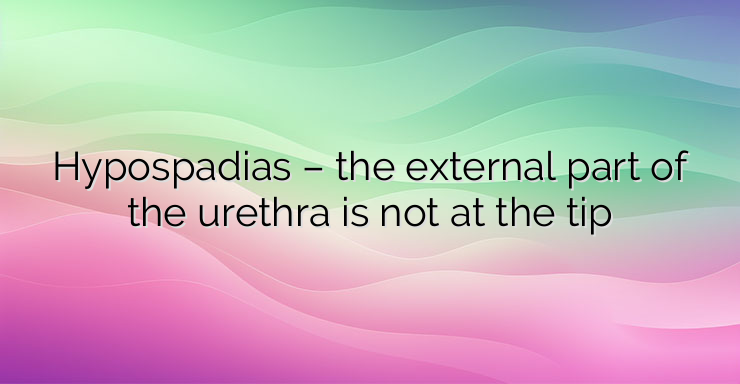Ever heard of hypospadias? It’s a condition where the urethra, the tube that carries urine, doesn’t open at the tip of the penis like it should. Instead, it opens somewhere else, usually on the underside of the penis. There are different types of hypospadias depending on where the opening is located.
First up, there’s hypospadias non-hypospadias, which sounds confusing, but it means the urethra opens at the tip of the penis, but it’s shorter and messes up the shape. Then there’s hypospadias coronaria, where the opening is at a different part of the head of the penis. Hypospadias corporis is the most common, where the urethra opens on the underside of the penis. Hypospadias perinealis is when it opens between the anus and the scrotum. And finally, there’s hypospadias scrotalis, which is the most severe, where the scrotum is split because part of the urethra is missing.
So, what happens with the urethra in hypospadias? Well, it’s partly replaced by fibrous tissue, which pulls the penis towards the abdomen and makes it look small.
Now, let’s talk about the clinical picture. Kids with hypospadias might have trouble peeing, which can be tough. They might also face mental traumas because of the condition. As they grow, their penis might elongate, but the opening stays low, making it even harder. And when it comes to sex, the distortion can make things difficult, plus, the penis tends to be on the smaller side.
But don’t worry, there’s treatment available, and it’s all surgical. Typically, if there’s distortion of the penis, they straighten and lengthen it around the third or fourth year. Then, around ages five or six, they’ll correct the hypospadias itself.
Remember, if you or someone you know is dealing with hypospadias, it’s manageable, and there are ways to help.


Leave a Reply